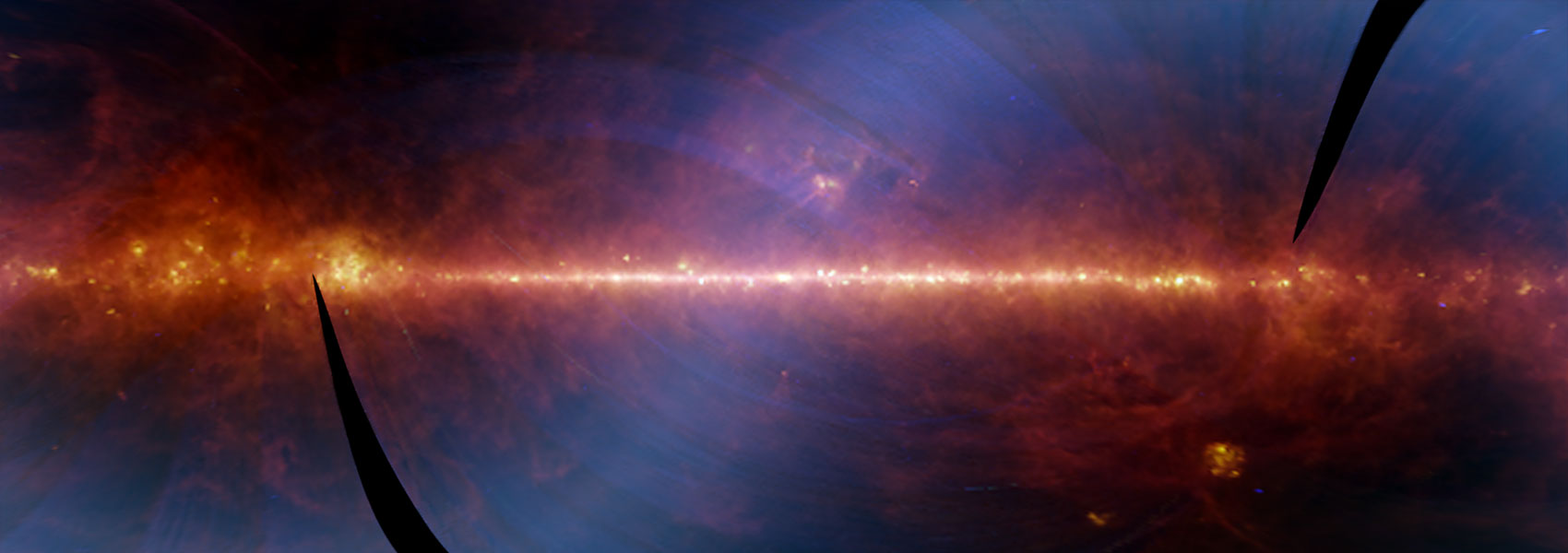October
2015
•
2015Sci...350...64M
Authors
•
Macintosh, B.
•
Graham, J. R.
•
Barman, T.
•
De Rosa, R. J.
•
Konopacky, Q.
•
Marley, M. S.
•
Marois, C.
•
Nielsen, E. L.
•
Pueyo, L.
•
Rajan, A.
•
Rameau, J.
•
Saumon, D.
•
Wang, J. J.
•
Patience, J.
•
Ammons, M.
•
Arriaga, P.
•
Artigau, E.
•
Beckwith, S.
•
Brewster, J.
•
Bruzzone, S.
•
Bulger, J.
•
Burningham, B.
•
Burrows, A. S.
•
Chen, C.
•
Chiang, E.
•
Chilcote, J. K.
•
Dawson, R. I.
•
Dong, R.
•
Doyon, R.
•
Draper, Z. H.
•
Duchêne, G.
•
Esposito, T. M.
•
Fabrycky, D.
•
Fitzgerald, M. P.
•
Follette, K. B.
•
Fortney, J. J.
•
Gerard, B.
•
Goodsell, S.
•
Greenbaum, A. Z.
•
Hibon, P.
•
Hinkley, S.
•
Cotten, T. H.
•
Hung, L. -W.
•
Ingraham, P.
•
Johnson-Groh, M.
•
Kalas, P.
•
Lafreniere, D.
•
Larkin, J. E.
•
Lee, J.
•
Line, M.
•
Long, D.
•
Maire, J.
•
Marchis, F.
•
Matthews, B. C.
•
Max, C. E.
•
Metchev, S.
•
Millar-Blanchaer, M. A.
•
Mittal, T.
•
Morley, C. V.
•
Morzinski, K. M.
•
Murray-Clay, R.
•
Oppenheimer, R.
•
Palmer, D. W.
•
Patel, R.
•
Perrin, M. D.
•
Poyneer, L. A.
•
Rafikov, R. R.
•
Rantakyrö, F. T.
•
Rice, E. L.
•
Rojo, P.
•
Rudy, A. R.
•
Ruffio, J. -B.
•
Ruiz, M. T.
•
Sadakuni, N.
•
Saddlemyer, L.
•
Salama, M.
•
Savransky, D.
•
Schneider, A. C.
•
Sivaramakrishnan, A.
•
Song, I.
•
Soummer, R.
•
Thomas, S.
•
Vasisht, G.
•
Wallace, J. K.
•
Ward-Duong, K.
•
Wiktorowicz, S. J.
•
Wolff, S. G.
•
Zuckerman, B.
Abstract
•
Directly detecting thermal emission from young extrasolar planets allows measurement of their atmospheric compositions and luminosities, which are influenced by their formation mechanisms. Using the Gemini Planet Imager, we discovered a planet orbiting the ~20-million-year-old star 51 Eridani at a projected separation of 13 astronomical units. Near-infrared observations show a spectrum with strong methane and water-vapor absorption. Modeling of the spectra and photometry yields a luminosity (normalized by the luminosity of the Sun) of 1.6 to 4.0 × 10-6 and an effective temperature of 600 to 750 kelvin. For this age and luminosity, “hot-start” formation models indicate a mass twice that of Jupiter. This planet also has a sufficiently low luminosity to be consistent with the “cold-start” core-accretion process that may have formed Jupiter.
Links



